For centuries, a battle between simplicity and sail-trimming efficiency has been waged. Racers love double-ended sheeting that leads to the outboard end of the boom, runs forward internally and exits the boom near the gooseneck, returning aft along the cabin coamings or through a sub deck alleyway. Many bimini-bedecked cruisers appreciate mid-boom sheeting with bails so far forward that the sheet behaves more like a vang/sheet combo.
The right mainsheet solution depends upon your own sailing preference, but a few general principles reign true. The farther forward on the boom the mainsheet is attached, the more of a downward effect (vang-like) sheeting elicits. The resulting elimination of twist may or may not be desirable, but its part and parcel of the trimming process. Its no surprise that almost every performance-oriented sailboat is designed with end-boom sheeting.
Another fait accompli of mid-boom sheeting is the increased bending moment this tackle arrangement delivers. Relatively thin-walled tube sections-such as a mast, boom, or spinnaker pole-can handle impressive compression loads, but when it comes to the fulcrum-like bending load linked to the mid-boom attachment of a mainsheet, such tube sections perform poorly. Even with multiple blocks spreading the load over several feet, those converting to mid-boom sheeting will want a boom with a bit more cross-section or wall thickness.
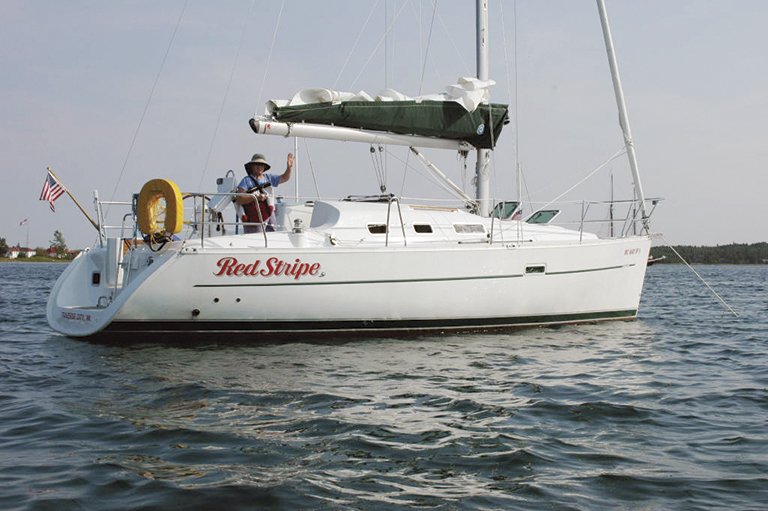
Attaching a mid-boom preventer has a similar downside for those sailing coastally in an ocean swell. All it takes is a rolling swell and an inadvertent dip of the outboard end of the boom into green water. With a preventer rigged in the middle of the boom, the unsupported load caused by the contact with the sea can break the boom. This is why many seasoned voyagers have the mainsails clew-end reef point sewn in higher than the tack, resulting in the elevation of the outboard end of the boom, and making it less likely to submerge; some also lead a preventer to the outboard end of the boom. But if ocean sailing is not in the picture, such encounters are much less likely.
The bottom line is that end-boom sheeting delivers more mainsail control but places the tackle in the cockpit. So if you are satisfied with the sheeting afforded by a mid-boom setup, with its short traveler, at least the cockpit will be free of flying tackle during a jibe, and theres room to rig a permanent bimini. But if you are about to tackle a mainsheet makeover, its worth considering whether or not end-boom sheeting might be more up your alley. Thinking about replacing mainsheet tackle, see our mainsheet-tackle test featuring the biggest brands in sailing hardware including Garhauer, Schaefer, Harken, Selden, Antal, and Nautos.




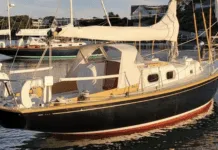



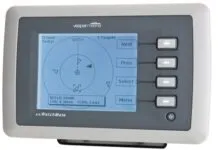
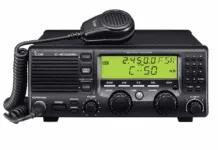

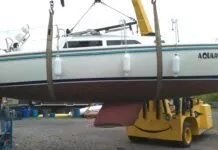

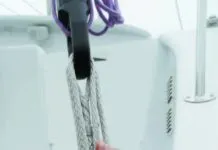
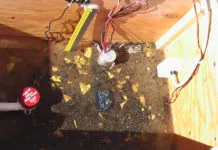
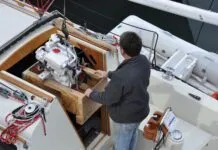














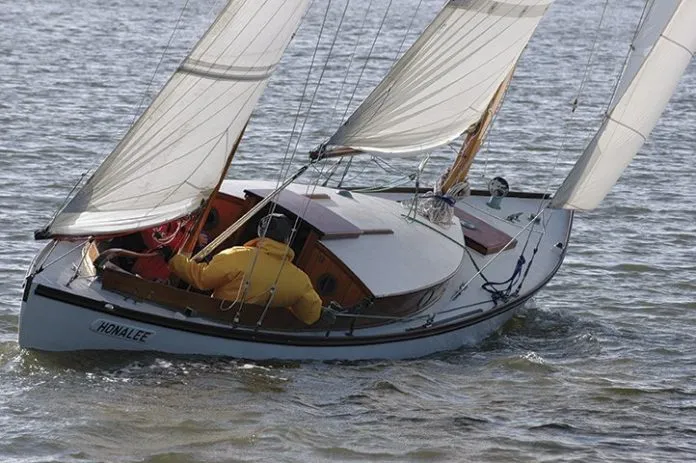
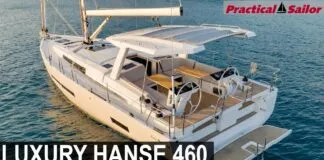




greetings… I would like to request permission to use one of your links in my latest YouTube video, with regards to mid-boom sheeting. I find the post informative and detailed and would like to offer additional information to the viewers regarding this topic. An example of my work can be viewed at https://youtu.be/RLg-cRcEmBA would be much appreciated
My Oday Widgeon has end boom sheeting. I have a 5hp outboard on the stern and the boom frequently gets caught on the motor when I tack. So I’m going to change to mid-boom sheeting which won’t be as efficient, but should eliminate the hangup problem.